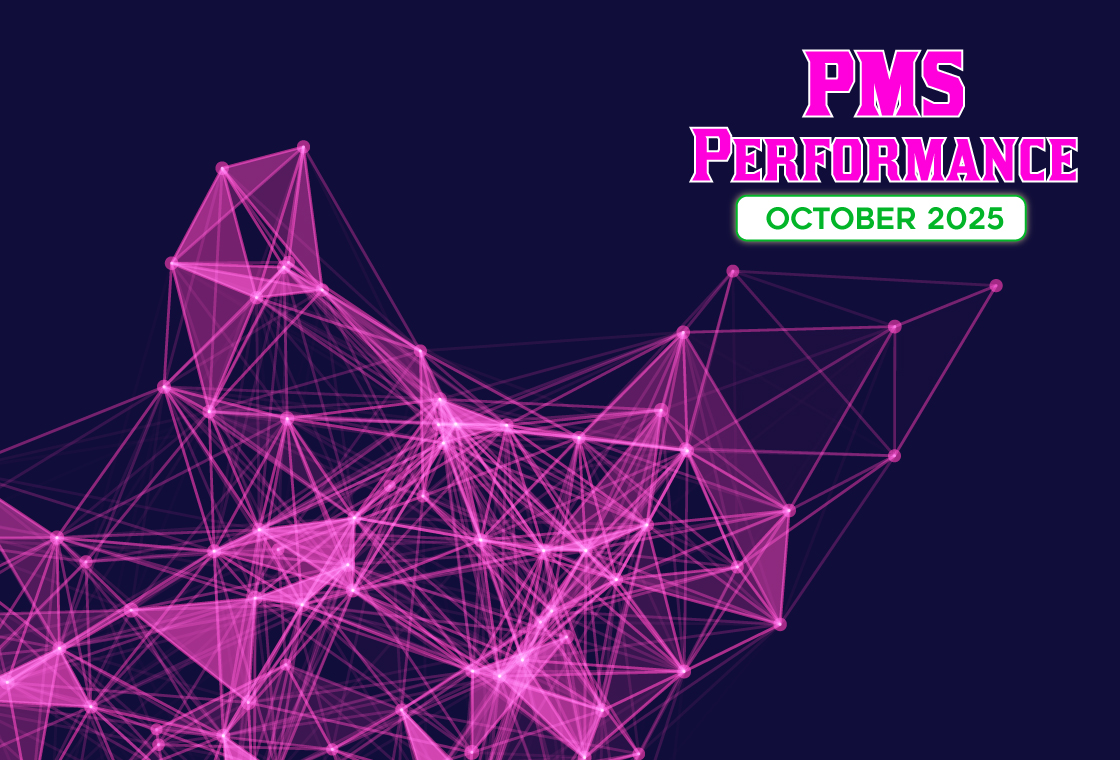Read on to know Who Owns What, Which Sector Is Hot/Cold, Cash & Portfolio Changes

A portfolio is as good as the stocks it holds. The exposure to the right stock at the right time can deliver wealth for investors. At PMS Bazaar, we have tracked 120 different PMS strategies to bring to you a deep-dive into the top 5 holdings of PMSes. In this research piece, we attempt to bring to you insights on the most-owned stocks that fund managers are betting on, shed light on the sector picks, concentration and cash levels and much more for April 2020.
PMS stocks universe
As per data made available by 120 PMS strategies across nearly 5 dozen PMS shops, there are 600 securities that can be counted as top holdings. Mind you many of the strategies have overlap in terms of top holdings. Overall, there were 174 securities in the PMS portfolios we studied.

The 10 most popular, or most-owned, holdings at the end of April 2020 are HDFC Bank (present in 52 portfolios), followed by ICICI Bank (45), Reliance Industries (29), Divi's Laboratories (16), Infosys (15), HDFC (15), Aarti Industries (12), Asian Paints (11), Bharti Airtel (10) and PI Industries (10). If you compare the top 10 lists of April and March, some names like Kotak Mahindra Bank, Bajaj Finance and Hindustan Unilever are missing in the latest data; this could be due to price movements which could have bumped the large caps lower down the pecking order. Similarly, Bharti Airtel, Aarti Industries and PI Industries are among the top holdings that have come up in the list.
These above are a list of the most popular stocks that are owned by many PMS strategies, which shows the confidence in these stocks. Do note that most of popular stocks fall in the large cap category in terms of market value. One notable exception is Aarti Industries.
In the small cap stocks sub-universe in PMS portfolios, we found the Granules India the most popular stock followed by APL Apollo Tubes, Dixon Technologies India, GMM PFAUDLER, Procter & Gamble Health, Alkyl Amines Chemicals, Deepak Nitrite, JB Chemicals & Pharmaceuticals and Vaibhav Global. You may notice the large presence of chemical companies in the small cap most-owned PMS stock picks.
Hot and Cold Sectors
If you break up the 600 securities in the PMS strategies into sectors, you can see the exposure to 43 sectors/segments.
Banks are the most popular sector in terms of top holdings, followed by Pharma, FMCG, Oil & Gas, Retail, NBFC, Chemical, IT, Insurance, Home Decor and Engineering. We can call them the hot sectors in April 2020.
PMS strategies, in terms of top holdings, have minimal exposure to listed Agri, E-Commerce, EPC, Exchange/Depositary, Forging, Infra Development, Lubricants, Plastics, Alcohol and Auto Ancillaries. So, these are the cold sectors.
Concentration & Cash Levels
Across PMS strategies, we looked at stock-level concentration data. At the end of April 2020, there are 80 securities in portfolios that have been allocated 10% or more individually. This is a marginal change from the 75 number at the end of March 2020.
In terms of highest allocation to a single stock in a portfolio, we saw Aarti Industries getting 36.11%. On the other hand, Castrol India 2.27% was the stock with the lowest allocation in a portfolio. At the end of March 2020, ICICI Bank had been the stock which got the highest single stock allocation but it was Reliance Industries with the lowest single stock allocation in a portfolio.

Cash levels rose in March as profit-taking and safe-haven appeal struck a chord with PMS fund managers. Some of the value-oriented PMS strategies went to 20-65% cash in March. Naturally, cash levels as a percentage holding dropped significantly as markets came back to senses in April. More than 2/3rd of cash levels were re-invested as stocks became attractive after the spate of correction in March.
In 13 PMS strategies, however, we noticed that April cash holdings rose in comparison to March; this could be due to fresh investments by investors who wanted to deploy more cash to take advantage of the prevailing situation and fund managers playing it safe in anticipation of further fall.
At the end of April, 14 PMS strategies had less than 1% cash levels, 62 PMS strategies had cash levels between 1% to 9.99%, 31 PMS strategies had between 10% to 19.99% cash levels, and another 15 had over 20% cash levels. At the end of March, the number of PMS strategies with more than 10% cash levels was higher due to the prevailing risk-aversion sentiment.
For more analysis on PMS & AIF register at pmsbazaar.com
Disclaimer : This article is not meant to be a recommendation to buy or to sell securities nor an offer to buy or sell securities.
Recent Blogs

Long-Only AIFs Rebound Sharply in October; Long-Short Strategies Lag Despite Lower Volatility
106 long-only AIFs averaged 3.68% vs 32 long-short AIFs at 2.7%; only 24–31% of funds beat key indices

Markets log strongest monthly gains in 7 months; PMS performance turns near-uniform in October
Nifty 50 TRI gained 4.62%, BSE 500 TRI rose 4.27%; 415 of 427 equity PMSes ended positive

How SMEs are Shaping India’s Investment Landscape?
PMS Bazaar recently organized a webinar titled “How SMEs are Shaping India’s Investment Landscape?” which featured Mr. Shrikant Goyal, Fund Manager, GetFive Opportunity Fund.

Stable Income from Indian REITs and InvITs
PMS Bazaar recently organized a webinar titled “Stable Income from Indian REITs and InvITs,” which featured Mr. Rahul Jain, Head of Public Markets, Alt.

5 Key Considerations Before Investing in AIFs in India
Alternative Investment Funds (AIFs) have emerged as a compelling option for sophisticated investors seeking diversification and potentially superior returns. But venturing into AIFs requires a clear understanding of their unique characteristics that go beyond simply knowing what they are and their categories.

How AIF can help in diversification?
Traditionally, Indian investors have relied on a mix of stocks and bonds to build their wealth. While this approach offers diversification, it can still leave your portfolio vulnerable to market fluctuations. Enter Alternative Investment Funds (AIFs), a dynamic asset class gaining traction for its ability to unlock diversification beyond the realm of conventional options.

Long-Short AIFs Outperform Again Even as Markets Rebound in September
104 long-only funds shows an average monthly gain of just 0.37 per cent, while long-short AIF category averaged 0.94 per cent

Resilience returns as markets rebound in September; Multi-asset PMSes lead pack
Over 63% of equity PMSes ended September in green; nearly two-thirds outperformed key benchmarks.

